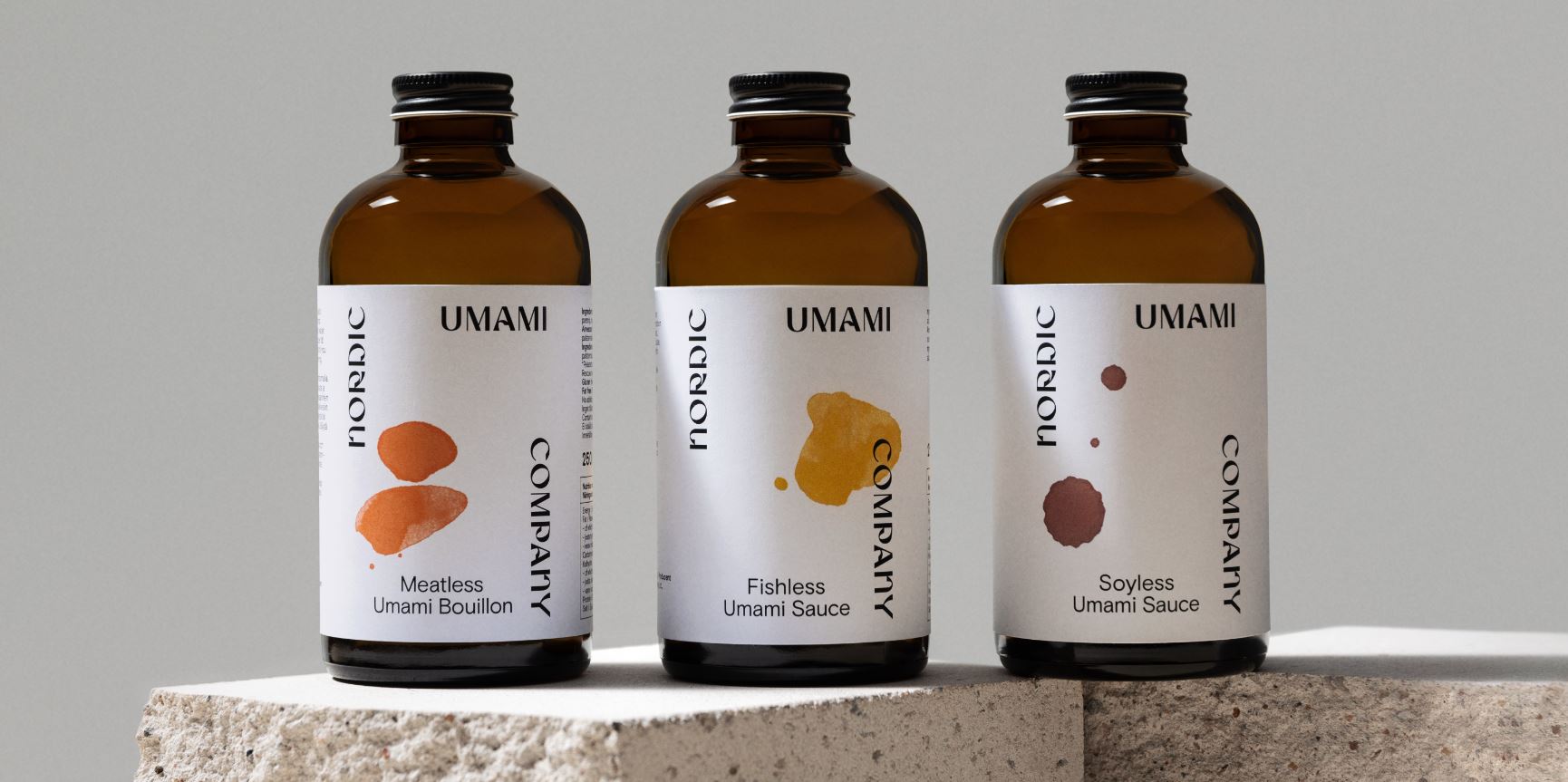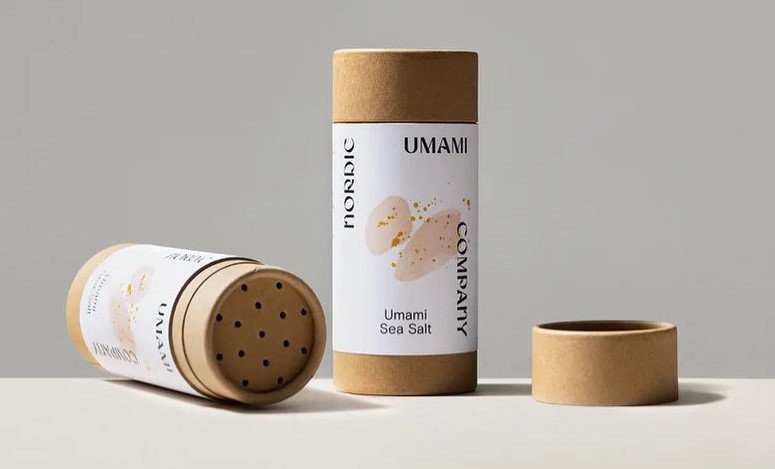Despite seasoning many of the foods we eat, excessive salt consumption is harmful to health. The new Brazilian labeling has reignited companies’ search for sodium reduction alternatives. Fortunately there are new solutions on the market and we are going to show them here.
Schemes such as the European Nutri Score and the Brazilian magnifying glass are examples of government efforts to improve the population’s understanding of the food they eat. The adequacy of the products is still in progress in Brazil. Some companies have chosen to put the magnifying glass under in their packaging, while others are actively looking for alternatives to escape it. Sodium, saturated fat and added sugars are the focus and in this series of posts we’ll talk about each one of them, starting with sodium reduction.

New Brazilian labelling front-of-pack symbol: high in sodium
The search for alternatives is old, we have already showed a device that electric chock the tongue to change the perception of taste (here). This way, a person can eat tofu with the feeling of eating barbecued meat with rock salt on the grill, but imagine how complicated it would be to apply this on a large scale.
Most salt substitutes simply swap sodium chloride for potassium chloride, which tastes salty but can taste bitter and metallic. In addition, salt performs other functions in the product such as water retention and microbial control.
According to a research by Ajinomoto, most consumers are aware of the benefits of sodium reduction, but do not view salt intake as a concern that affects themselves personally. Furthermore, they believe that low-sodium foods are tasteless.
Upcycled umami extract
Finnish start-up Nordic Umam Company extracts the umami flavor from food industry by-products such as vegetable, grain and beer production waste. The intense umami flavor reduces the need for salt.

In cooperation with Raisio, another Finnish company, Nordic Umami is exploring its technology to create value from Raisio’s production waste. The goal is to transform the company’s by-products into new ingredients and find opportunities to use this umami within Raisio itself.

Upcycling of wine production waste
Canadian company CrushDynamics turns wine waste into ingredients through fermentation. The ingredients serve to enhance flavor, reduce salt, block bitterness and extend the shelf life of foods. The same raw material has the potential to replace synthetic antioxidants and prevent aging, according to research by food scientists at São Paulo University.

It’s true that there’s still no perfect substitute, but upcycled solutions are coming to make sodium reduction that much tastier… and sustainable!
Sources: Food Business News, Original Newsbreak, XTalks, Foodbev, Food Dive, Food Matters Live, Food Ingredients First, G1



COMMENTS